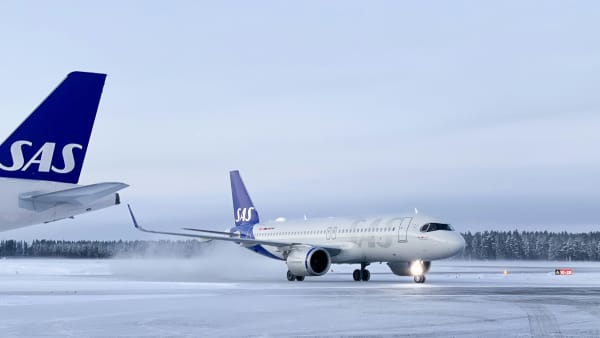The Role of Virtual Reality in Pilot Training
A Transformative Leap Forward
Virtual reality (VR) technology is undisputedly reshaping many industries – from gaming and entertainment to healing and therapy. But one of the most significant impacts can be seen in pilot training, where VR is revolutionizing how pilots are trained, tested, and kept up-to-date with flying skills. The use of virtual reality in pilot training allows for safe, cost-effective, and highly immersive training scenarios that couldn't be replicated in real life or traditional simulators.
A Simulated Sky for New Heights
VR offers compelling advantages over conventional flight simulators. Traditional flight simulators are:
- Expensive
- Occupying large physical spaces
- Limited in the experiences they can provide
On the other hand, the benefits of using virtual reality in pilot training include:
- Cost-effectiveness: High-quality VR setups are much less expensive than regular, full-motion simulators.
- Realistic scenarios: VR technology can mimic almost any flying environment or incident, allowing pilots to experience and react to a variety of situations.
- Safety: Virtual reality allows pilots to train for dangerous or emergency situations without risking their lives or expensive aircraft.
- Convenience: Given the portable nature of VR headsets, pilots can train anywhere, anytime.
Truly, the introduction of virtual reality in pilot training has not simply changed the way pilots are trained – it has revolutionized it.
A Deeper Dive: VR's Role in Pilot Training
Virtual reality’s utilization in pilot training can be segmented into three key areas: initial flight training, recurrent training, and emergency procedures training.
1. Initial Flight Training
Initial flight training is where new pilots learn the ropes. Here, virtual reality acts as an intermediary step between ground school and real-life flying.
Using VR, trainee pilots can familiarize themselves with the cockpit, controls, and basic flight mechanics from the safety of the ground. This immersive experience accelerates their understanding and mitigates the fear or anxiety that may accompany flying for the first time.
2. Recurrent Training
Recurrent training is essential for pilots to refine and maintain their flying skills. With VR, they now have the opportunity to practice their flight skills more frequently and conveniently.
Beyond that, the immersive experience of VR offers pilots a higher level of engagement compared to traditional flight simulators, helping them remain motivated during the continuity of their training.
3. Emergency Procedures Training
One of the most significant benefits of virtual reality in pilot training is emergency procedures training. Pilots can be trained to handle unlikely but critical events like engine failures, cockpit fires, or even bird strikes in a controlled environment. Not only does this enhance safety, but it also offers pilots the confidence and preparedness to handle emergency situations in real-world flying.
VR in Commercial and Military Aviation
Pilot training programs for commercial and military aviation have also started to incorporate virtual reality technology. For instance,
- Major airlines are adopting VR to enhance training programs, reducing cost and time for trainee pilots to become proficient.
- In military aviation, VR is used for mission rehearsal and strategy development, offering a convenient and safe platform for pilots to train and prepare for complex operations.
Looking Upwards: The Future of VR in Pilot Training
A trend to watch within virtual reality in pilot training is the increasing sophistication and realism of the technology. In the near future, training platforms could deliver environments so real that pilots can transition to real-world flying more seamlessly than ever before.
Another evolving trend is the use of augmented reality (AR), which superimposes digital information on top of the real world, offering a new dimension to pilot training.
Indeed, the future of pilot training is promising, more immersive, and safer than before, with virtual reality steering its course.
Soaring High with Virtual Reality in Pilot Training
The role of virtual reality in pilot training is an ongoing and transformative journey – one that bears incredible potential to redefine the way pilots learn, react, and perform under varied circumstances.
Whether it's providing new pilots with an immersive introduction to flight, maintaining the skills of experienced pilots, or preparing pilots for emergency situations, VR is soaring high and continues to revolutionize pilot training across the globe.
Certainly, the sky isn’t the limit when it comes to virtual reality in pilot training – the limit is as boundless as the immersive power of VR itself.




